
Exploring the Evolution of Handrail Components in Modern Architecture
- By:ABLINOX
- 2024-07-30
- 98
The Evolution of Handrail Components in Modern Architecture
Handrails are an essential element of every building, ensuring safety and adding aesthetic appeal. In modern architecture, the design and materials used for handrail components have evolved significantly over the years. Let’s delve into the fascinating world of handrail components and how they have transformed contemporary structures.
History of Handrails: Handrails have been a part of architecture since ancient times, primarily for safety along stairs and ramps. Initially made of wood, they gradually transitioned to metal and glass in modern designs.
Materials: The choice of materials for handrail components has expanded with technology. From traditional wood and steel to sleek glass and innovative composite materials, architects now have a wide array of options to choose from.
Design Trends: Modern handrail designs focus on blending functionality with aesthetics. Curved and spiral handrails have become popular, adding a touch of elegance to staircases and balconies.
Integration with Technology: Advancements in technology have allowed for the incorporation of lighting and smart features into handrail components. LED-lit handrails and sensors for temperature and grip are examples of how technology is revolutionizing handrail design.
Sustainability: In the current era of sustainable construction, eco-friendly materials like recycled steel and bamboo are being used for handrail components. Architects are also exploring designs that promote natural ventilation and lighting.
Challenges: Despite the innovations in handrail components, challenges such as meeting safety regulations and cost constraints persist. Balancing creativity with functionality remains a crucial aspect of designing handrails in modern architecture.
Future Prospects: Looking ahead, the future of handrail components in architecture is likely to see further advancements in materials, designs, and integration with smart technology. As architects continue to push boundaries, handrails will evolve to become not just safety features but also architectural statements.
From classic wooden handrails to futuristic glass designs, the evolution of handrail components in modern architecture showcases the dynamic nature of the industry. As buildings become more innovative and sustainable, handrails will continue to play a vital role in enhancing both safety and aesthetics.
-

Exploring the Art of Precision Casting
2025-03-20 -

Premium Stainless Steel Hinges for Durable Glass Shower Enclosures
2025-03-14 -

Stainless Steel Tactile Products: Durable Solutions for Barrier-Free Environments
2025-03-12 -

Celebrating Women’s Day: Special Care for Our Female Employees
2025-03-08 -

From Design to Finished Product: The Complete Guide to Stainless Steel Precision Casting
2025-02-26 -

Guides To Buy Stainless Steel Sanitary Ware
2024-01-16 -

How Do We Customize SS 304 Faucets for You?
2023-10-17 -

One of the Casting Steps, Pouring
2023-07-24 -

Training for Business Expansion
2022-07-02 -

Internal Business Sharing Meeting
2022-06-20
-
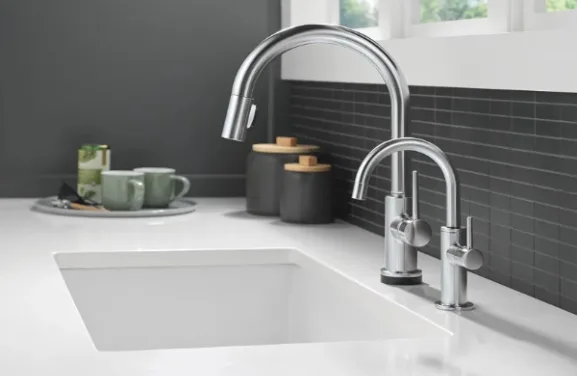
Premium Stainless Steel Handrail Fittings from a Trusted SS Casting Manufacturer
2025-10-29 -
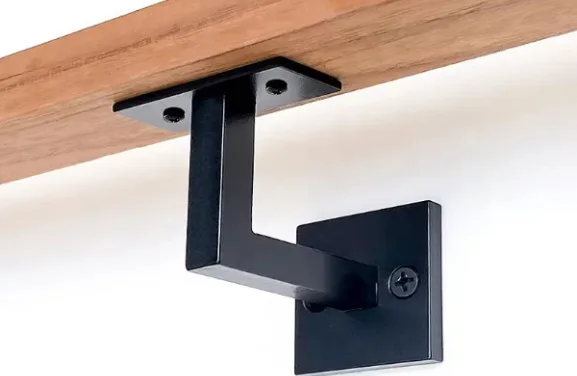
Premium Stainless Steel Balustrade Accessories and Boat Hardware for Lasting Performance
2025-10-29 -
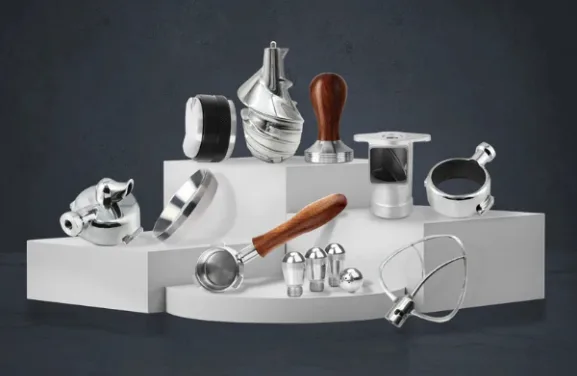
High-Performance Stainless Steel Hardware for Marine and Architectural Applications
2025-10-29 -
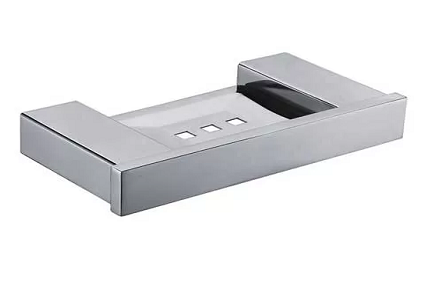
High-Quality Stainless Marine Hardware and Balustrade Accessories
2025-10-23 -
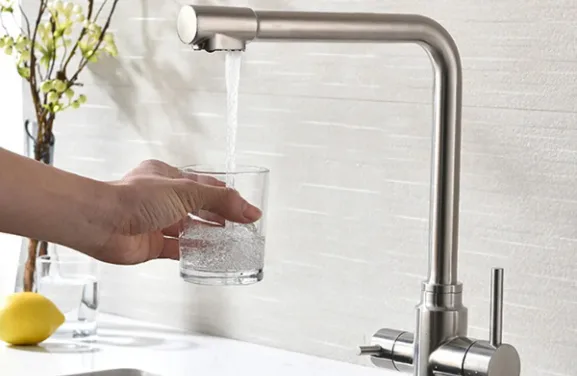
High-Quality Stainless Steel Marine Hardware and Casting Solutions
2025-10-23 -
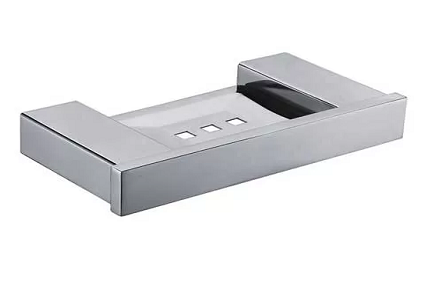
Premium Stainless Steel Casting Hardware for Architecture and Home Design
2025-10-09 -
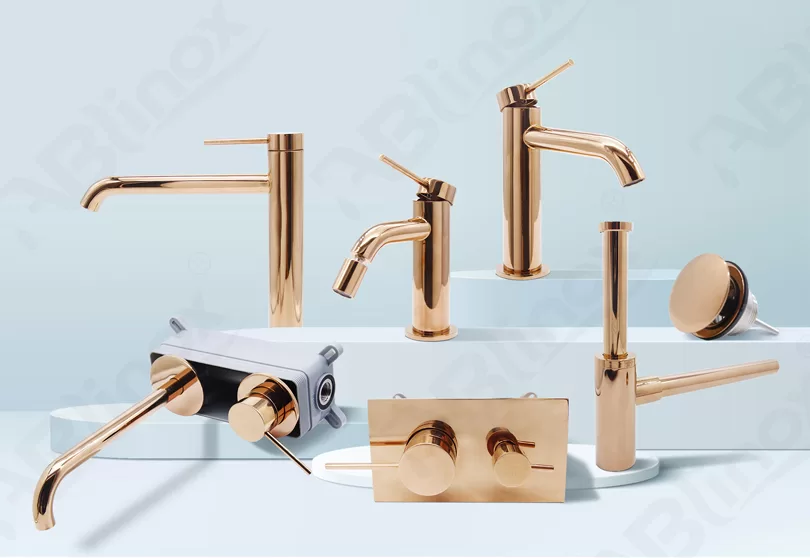
High-Quality Stainless Steel Railing and Marine Accessories for Modern Applications
2025-10-09 -
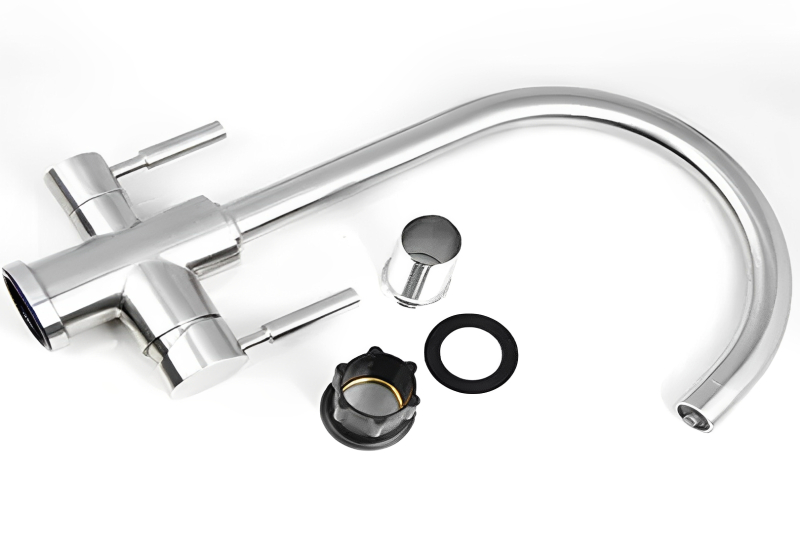
Precision Stainless Steel Casting and Marine Hardware Manufacturer
2025-10-09 -
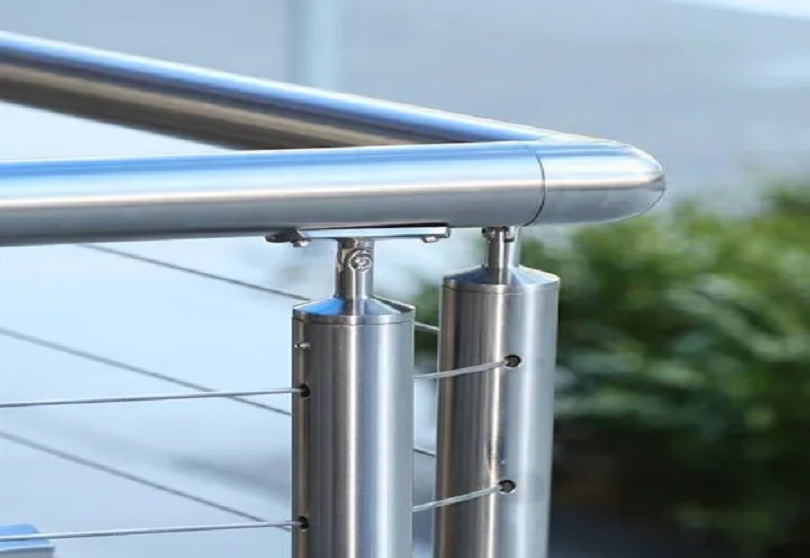
Precision Stainless Steel Casting and Hardware Solutions for Modern Living
2025-10-09 -
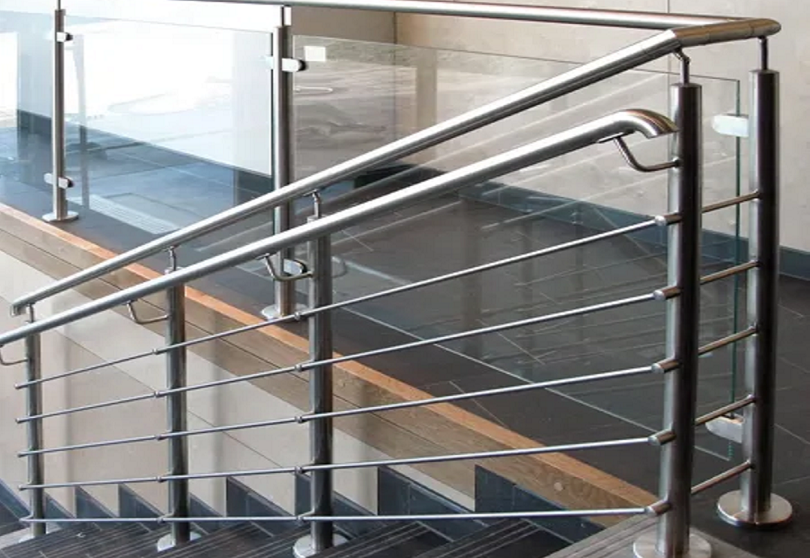
Premium Stainless Steel Railing and Marine Accessories for Lasting Performance
2025-10-09

